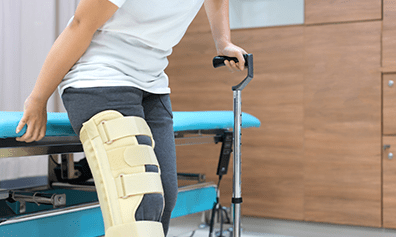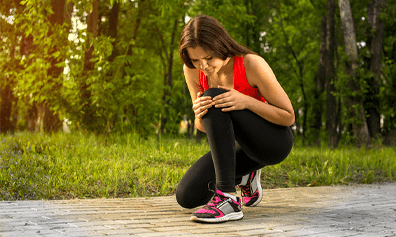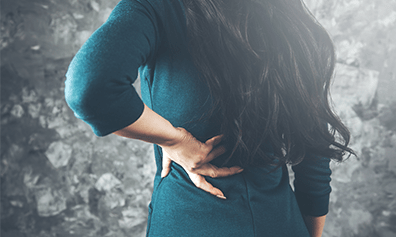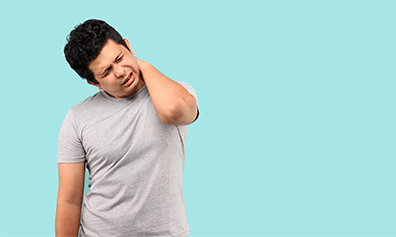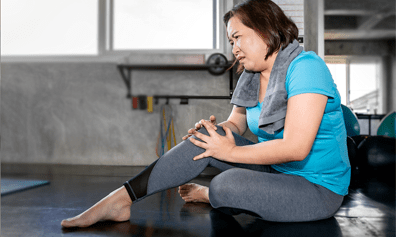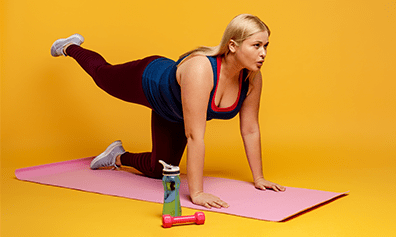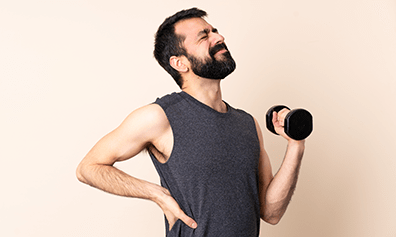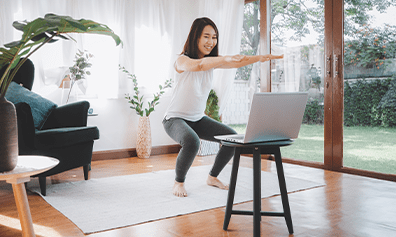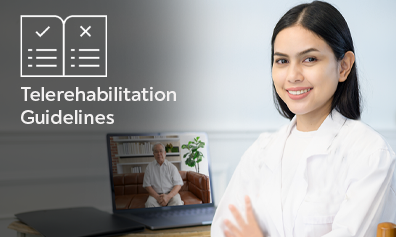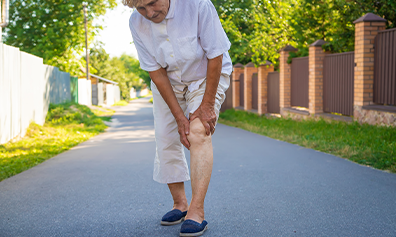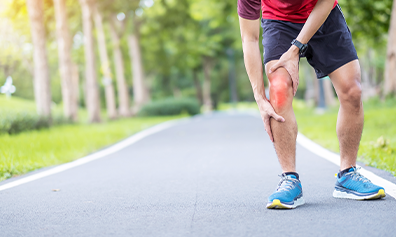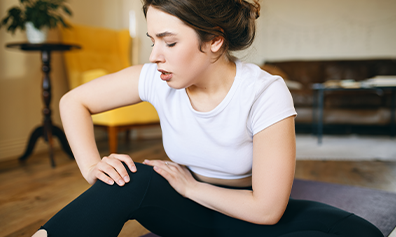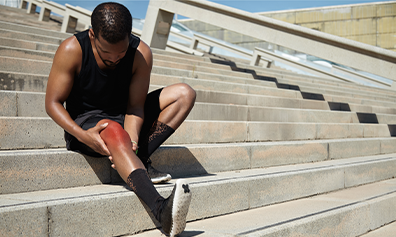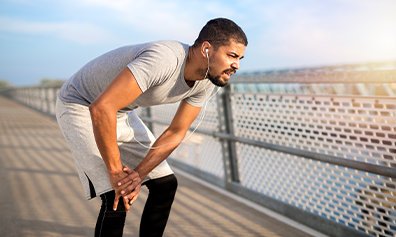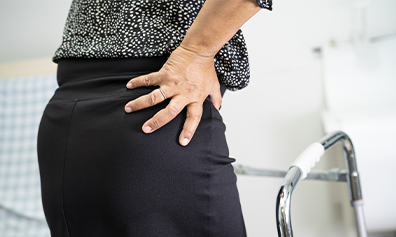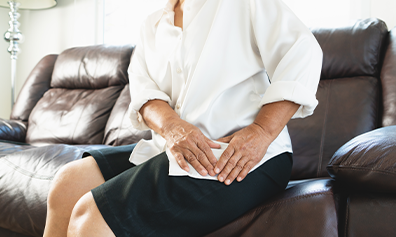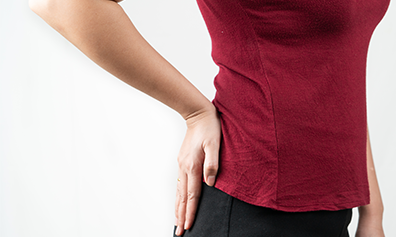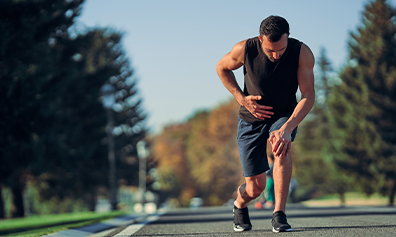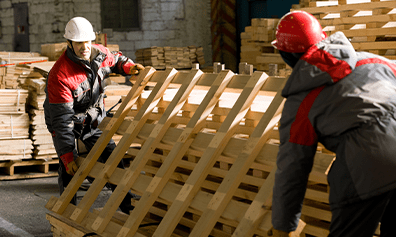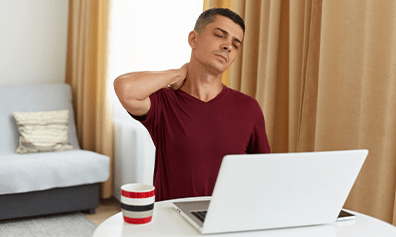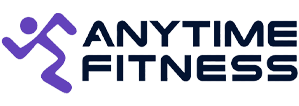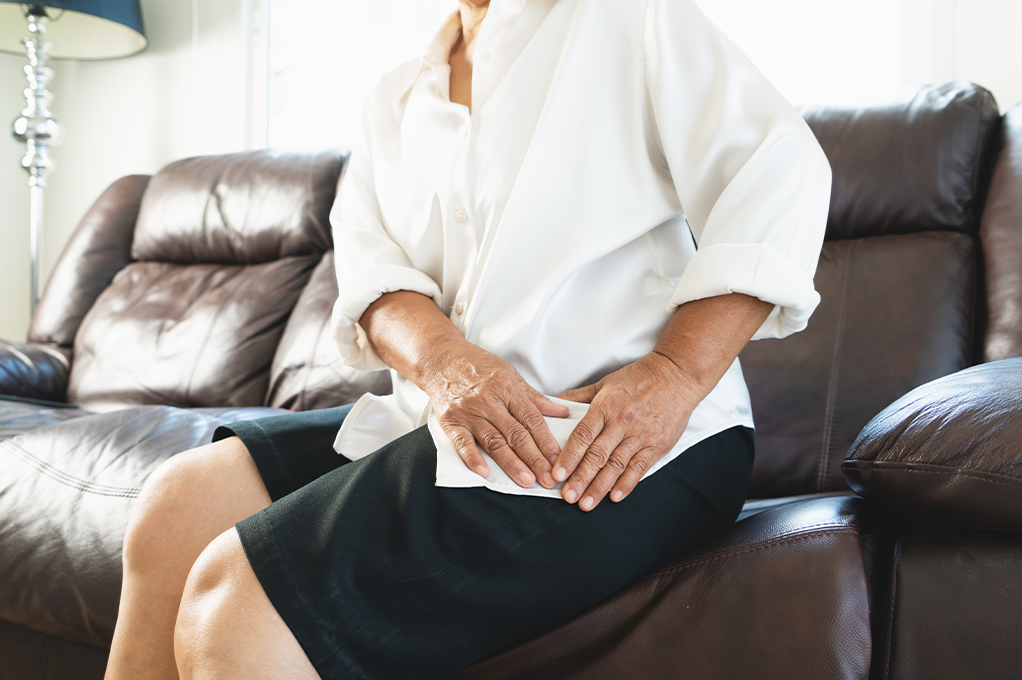
What is a labral tear?
The hip is shaped like a ball-and-socket. The socket is called the acetabulum, and the ball is the femoral head, located at the top of the femur (leg bone). A hip labral tear is an injury to the labrum, the soft tissue that covers the acetabulum.
The labrum helps the femoral head move smoothly within the socket. It lets your hip move without problems or pain. It also serves as a seal, keeping the ball and socket together but not touching.
What causes a hip labral tear?
Many things, including the following, can cause hip labral tears:
- • Structural ailments - Conditions that cause abnormal hip movement can lead to hip labral tears. In femoroacetabular impingement (FAI), the femoral head doesn't fit into the socket properly. This imperfect fit can cause long-lasting groin pain and movement limitations. This is the most common cause of labral tears. FAI can affect people at any age. Without treatment, it can result in osteoarthritis in some patients
- • Injury - Trauma to the hip can lead to a hip labral tear. This can happen to people who play certain sports with repetitive and high-impact movements, such as ice hockey, football, soccer, and golf.
- • Degenerative health conditions - Osteoarthritis is a chronic (long-term) wearing down of the cartilage between the joints. As cartilage slowly erodes over time, it becomes more prone to tearing. Older age and excessive weight can increase a person's risk for developing osteoarthritis. In addition, people with osteoarthritis commonly have pain and stiffness in more than one joint (the hip and knee, for example).
What are the symptoms of a hip labral tear?
The symptoms of a hip labral tear include:
- • Hip pain or stiffness
- • Pain in the groin or buttocks area.
- • A clicking or locking sound in the hip area when you move
- • Feeling unsteady on your feet.
- • If you have a hip labral tear, hip pain or discomfort may get worse when you bend, move or rotate the hip, or exercise or play sports.
- • It’s also possible to have a hip labral tear with no symptoms at all.
How is a hip labral tear diagnosed?
- • A physical examination is required to diagnose a labral tear. During the exam, you may be asked to move your leg or walk around. The diagnosis will depend on how well you can move and any pain you feel while moving.
- • Imaging tests like X rays and MRI can also help diagnose a hip labral tear along with providing more information on location and severity.
How is a hip labral tear treated?
A hip labral tear won’t heal on its own, but rest and other measures can help manage symptoms of a minor tear.
Nonsurgical treatments include:
- • Anti-inflammatory medications: Over-the-counter pain relievers can reduce inflammation.
- • Medication injection: Doctors can inject medications, such as steroids, into the hip joint to ease symptoms.
- • Physical therapy: Specific physical therapy exercises to stretch and strengthen the hip muscles may help relieve pain. Physical therapy usually requires a prescription from your doctor.
- • If symptoms persist or if the tear is severe, your doctor may recommend surgery. Surgery to repair a hip labral tear is usually done arthroscopically. This is a minimally invasive surgery done on an outpatient basis and the patient goes home the same day.
Hip Labral Tear Exercises
- • Early on in your recovery from a labral tear, it's best to start with gentle, pain-free exercises. Initially, these movements should focus on strengthening the muscles in the back and outside of the hip. Activating these areas helps minimize the strain on the labrum on the front portion of the joint. Exercises that incorporate twisting or those that strain the hip flexor muscles in the front of the hip should be avoided.
- • To maximize strength early on in your recovery, try three sets of 15 repetitions of these hip labral tear exercises once per day:
1. 1.Do the Bridge
- • This exercise is an easy way to activate the gluteus maximus, a large muscle in the back of your hip.
- • Lie on your back with your knees bent to a 90-degree angle and your feet on the floor.
- • Begin by squeezing your stomach muscles and then lift your butt in the air until your spine is relatively straight. Hold this position for five to 10 seconds before lowering back down to the floor again.
2. Clamshells
- • The clamshell exercise targets your gluteus medius, a muscle on the outside of the thigh that supports the pelvis and hip joint.
- • Lie on your good side with your knees bent and your legs stacked on top of each other.
- • Keeping your feet together, lift your top knee in the air as high as you can without allowing your body to roll backward.
- • Hold it here for a second or two before slowly lowering the leg back down again.
- • You can add a resistance band around your knees to increase the intensity of the exercise.
3. Fire Hydrant Exercise
- • This unique exercise activates multiple muscles, including the abdominals and the hip external rotators..
- • Get on your hands and knees and begin by squeezing your stomach muscles.
- • Raise the affected leg out to the side and slightly behind you without allowing your pelvis to move.
- • After holding this position for one to two seconds, lower the leg to the starting position again.
4.Resisted Side-Stepping
- • This exercise will strengthen the hip abductor muscles on the outside of your hip using only a resistance band..
- • Stand with your feet shoulder-width apart and tie a resistance band around your legs just above the knees.
- • Squeeze your stomach muscles and take a large step to your right.
- • Then, slowly bring your left leg back toward the right again without allowing your body to lean.
- • After taking ten steps to the right, reverse directions and lead with the left leg. If this is too easy, try lowering the level of the resistance band to your ankles.
5.Donkey Kicks
- • This exercise helps increase the strength in your glutes and support the back of your hip joints..
- • Stand facing a counter and lean your arms against it.
- • Bend your knee on the affected leg and move the leg back while keeping the knee flexed.
- • As you do this, clench your stomach muscles to avoid letting your low back arch.
- • After holding this position for one to two seconds, lower the leg back to the initial position.
6.Perform Side Planks Regularly
- • While the side plank is traditionally used to target your abs, it's also an effective way to activate your gluteus medius muscle..
- • Lie on your side with your forearm on the floor underneath you and your legs stacked on top of each other.
- • Keeping your knees straight, push up through your forearm as you lift your hip off the floor.
- • After a second or two, lower your hip back down again.
- • If this is too challenging, try the same movement with your knees bent
Do You Need Surgery?
- • While arthroscopic hip labral repair surgery may be required in some cases, not everyone with a torn labrum needs it.
- • Although a labral tear will not physically heal itself, improving your flexibility and strength while avoiding aggravating movements may allow you to resume your normal activities without surgery..
Telehealth to Your Rescue
During these times of global pandemic, it can be challenging to find the help you need to maintain your joint health. But with telerehabilitation services, you can get the benefits of physical therapy from the comfort of your home without worrying about exposure or transport.
TheraNow, one of the best telerehabilitation services with excellent expertise in the field of physical therapy with our team of virtual physical therapists who are waiting to provide you the care you need to get your life back in its happy place. You can book your appointment by visiting us at Theranow: Online Physical Therapy Services

